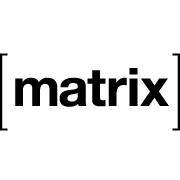
We earlier explored using matrix as a communication platform and what some of the potential advantages are over other messaging platforms. This week we took a deeper dive into various features of Matrix. In this session we looked into the Matrix specification, re-visited the matrix ecosystem in detail and looked at use cases. The Matrix spec. which is a set of open APIs, had some interesting features such as Client-to-Server API, Server-to-Server API among others outlined how client applications communicates to servers, how these API requests were made, the nature of the responses and how errors were handled. We then followed up with the matrix ecosystem in detail. The matrix ecosystem has a rich set of community supported software categorised under clients, bridges, servers, integrations, SDKs and hosting. Element is a popular client among others that is used for registering and chatting on the matrix network. Integrations enables ways to extend chats beyond sending messages to include special features such as integrations to trello. Bridges allow connecting with other messaging platforms outside of the Matrix network such as the Slack or Telegram. Servers enable users to run their own homeservers with their own supported features while SDKs allows one to build widgets, bots or bridges. Both of these may be better suited for advanced users. Hosting of homeservers can be done by other providers to simplify managing hosting. We also explored bridging options on other platforms which Beeper provides for free in mobile and desktop options. This finalised our session for the day. Follow us for further updates and look out for our next meeting!
